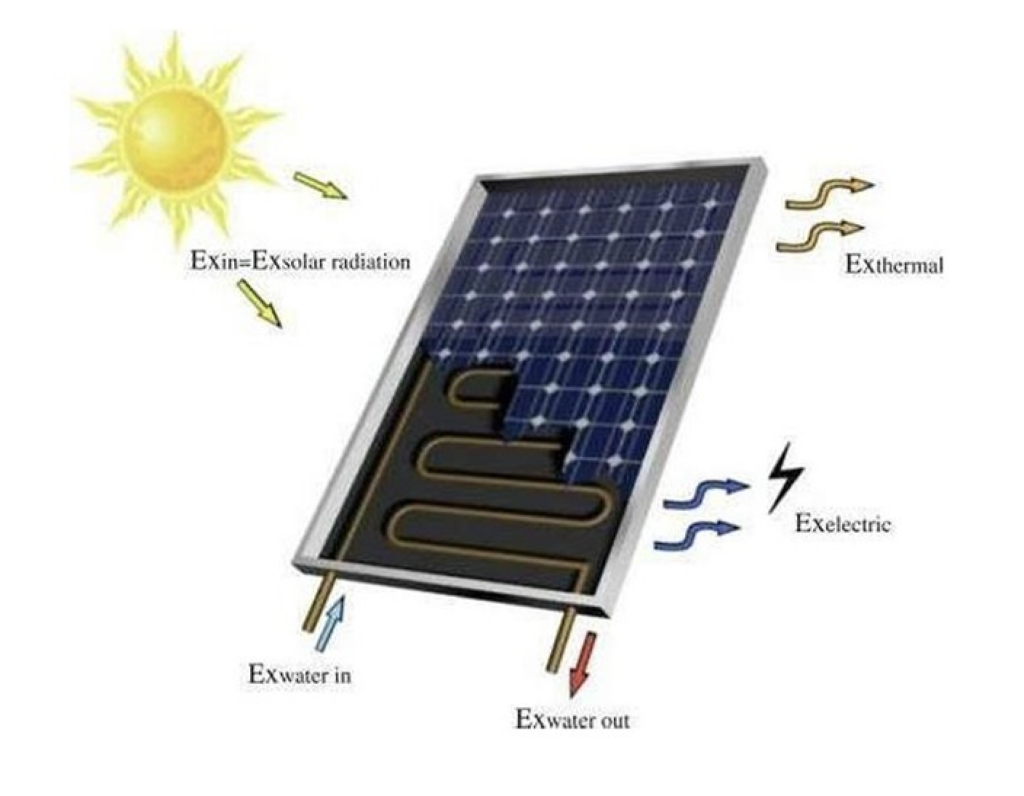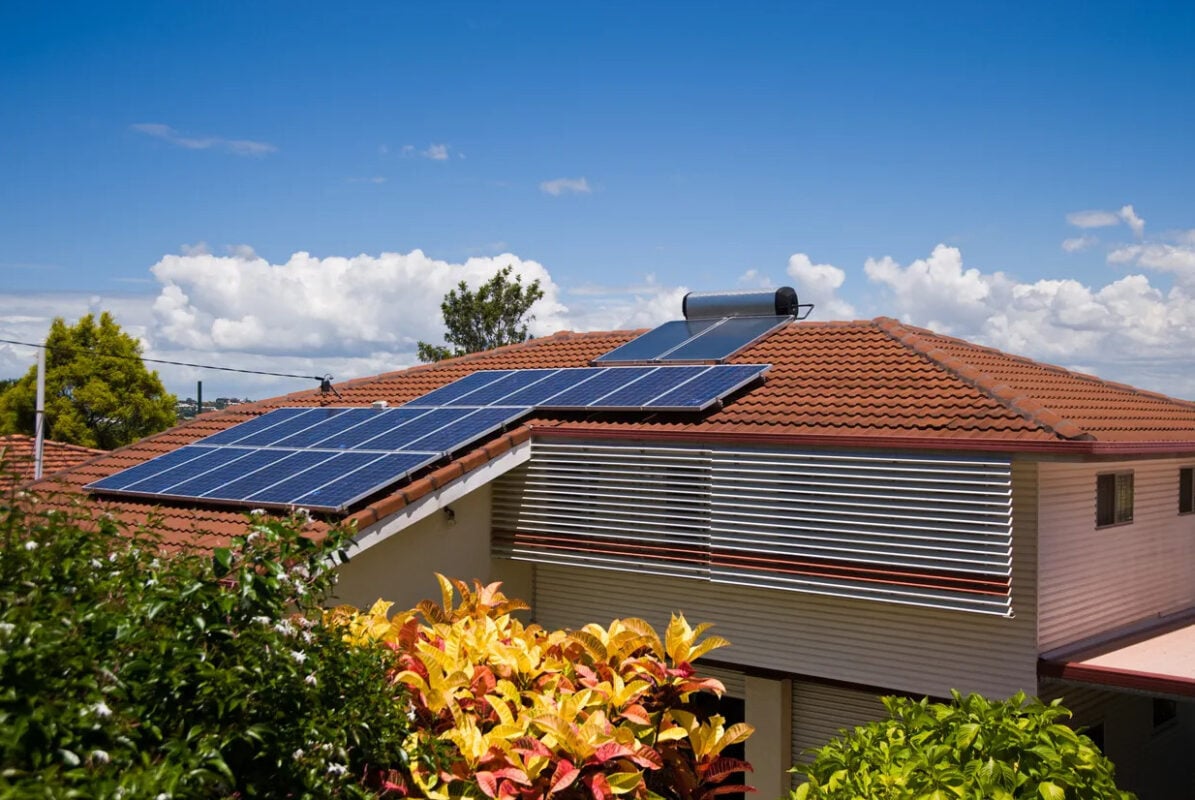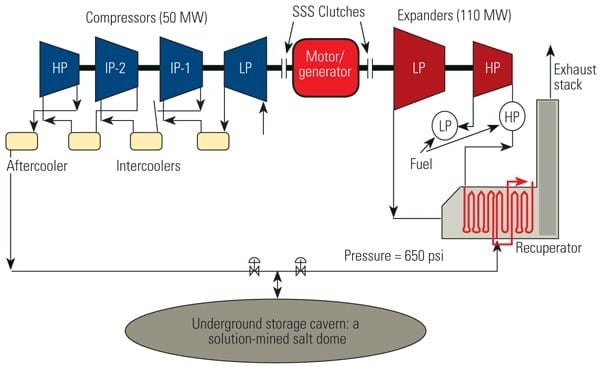This oil-rich country has stood in the way of climate action. It’s quietly building a clean energy empire – CNN

Report on Saudi Arabia’s Solar Energy Expansion and Alignment with Sustainable Development Goals
Introduction: National Energy Transition and Sustainable Development
Saudi Arabia is undertaking a significant expansion of its solar energy infrastructure, marking a strategic shift in its national energy policy. This development directly addresses several United Nations Sustainable Development Goals (SDGs), particularly in the areas of clean energy, climate action, and economic innovation. The proliferation of mega solar farms, such as the Al Shuaibah 2 facility, exemplifies the country’s commitment to diversifying its energy portfolio and advancing its sustainability agenda as outlined in the Vision 2030 strategy.
Progress Towards SDG 7: Affordable and Clean Energy
The nation’s rapid development of renewable energy sources is a direct contribution to achieving SDG 7. The pace and scale of this transition are notable, with clear targets and substantial investments aimed at increasing the share of clean energy in the national grid.
- Al Shuaibah 2 Solar Farm: Currently the nation’s largest, this facility has a capacity of over 2 gigawatts, sufficient to power approximately 350,000 homes.
- Rapid Capacity Growth: Solar capacity is projected to reach 12 gigawatts by the end of the current year, a substantial increase from negligible levels in 2020.
- Future Projections: Rystad Energy projects that installed solar capacity will exceed 70 gigawatts by 2030, supplemented by investments in onshore wind power.
- National Target: The government has pledged to generate 50% of its electricity from renewable sources by 2030, a cornerstone of its commitment to SDG 7.
Economic Diversification and Infrastructure Innovation (SDG 8, SDG 9, SDG 11)
The solar boom is intrinsically linked to Saudi Arabia’s broader economic strategy, Vision 2030, which aims to reduce reliance on oil exports and foster sustainable economic growth (SDG 8). This involves significant investment in innovative and sustainable infrastructure (SDG 9).
- Economic Viability: The transition is driven by the cost-competitiveness of solar technology, with plummeting costs for Chinese-made panels and a 40% drop in battery prices in 2024 alone.
- Resource Optimization: By generating electricity from solar, the country can displace domestic oil consumption, freeing up valuable crude oil for export markets and maximizing revenue.
- Sustainable Infrastructure Projects: Clean energy is slated to power major new developments, including the futuristic city of NEOM and a luxury Red Sea tourism project, contributing to the development of sustainable cities and communities (SDG 11).
- Favorable Conditions: Saudi Arabia benefits from abundant sunlight, vast and inexpensive land, and the ability to achieve economies of scale with large-scale installations.
Commitment and Challenges in Climate Action (SDG 13)
While the expansion of solar energy is a positive step for climate action, Saudi Arabia’s overall energy policy presents a complex picture. The nation’s progress is assessed alongside its continued role as a major fossil fuel producer and its stance in international climate negotiations.
- Saudi Green Initiative: The national energy plan, which targets a 50% renewable and 50% gas mix for electricity generation, is framed as part of this initiative.
- Critique of Climate Policy: The Climate Action Tracker (CAT) rates Saudi Arabia’s overall climate policies as “critically insufficient,” noting that renewables constituted only around 2% of the electricity mix at the end of 2024.
- Dual Energy Strategy: The country is simultaneously increasing its natural gas capacity for power generation and continues to advocate for the global role of oil, creating a conflict with the objectives of SDG 13.
- International Role: The nation’s influence in global climate negotiations, such as the upcoming COP30, remains a critical area of observation for the international community.
Global Partnerships and Regional Context (SDG 17)
Saudi Arabia’s energy strategy is developing within a global context of shifting energy policies and regional trends. The country’s approach contrasts with that of other major economies and reflects a broader movement within the Middle East.
- “All of the Above” Strategy: The nation is pursuing a comprehensive energy strategy that includes renewables, clean tech development, and electric vehicle manufacturing, positioning itself as a key player in the future energy landscape.
- Regional Trend: Other petrostates, including the United Arab Emirates, Oman, and Iran, are also increasing their investments in renewable energy to meet growing power demands and diversify their economies.
- Global Message: The investment in solar by a leading oil-exporting nation signals a recognition that renewables are an unavoidable component of the future global energy system, contributing to the global dialogue on achieving SDG 17.
Analysis of Sustainable Development Goals in the Article
1. Which SDGs are addressed or connected to the issues highlighted in the article?
- SDG 7: Affordable and Clean Energy: The article’s central theme is Saudi Arabia’s massive investment and rapid development of solar energy. It details the construction of large-scale solar farms, the national goal to increase renewable energy in the electricity mix, and the economic drivers making solar a competitive energy source.
- SDG 13: Climate Action: The shift from a fossil fuel-based economy to one incorporating significant renewable energy sources is a direct climate action. The article discusses Saudi Arabia’s “Saudi green initiative” and its pledge to generate 50% of its electricity from clean sources, which are national strategies to combat climate change, even while noting the country’s contradictory role in global climate negotiations.
- SDG 9: Industry, Innovation, and Infrastructure: The article mentions plans to power “huge infrastructure developments with clean energy, including the $500 billion futuristic city of NEOM.” This reflects the goal of building resilient and sustainable infrastructure. Furthermore, the development of a massive clean energy sector and a potential “domestic solar manufacturing supply chain” represents an upgrade of industry towards sustainability.
- SDG 8: Decent Work and Economic Growth: The article connects the renewables push to the “Vision 2030 strategy, aimed at diversifying its economy away from reliance on oil.” This strategy is a clear effort to achieve economic diversification and create growth in new, sustainable sectors, moving away from dependence on a single commodity.
2. What specific targets under those SDGs can be identified based on the article’s content?
-
SDG 7: Affordable and Clean Energy
- Target 7.2: By 2030, increase substantially the share of renewable energy in the global energy mix. The article directly supports this by stating, “Saudi Arabia has pledged to generate 50% of its electricity from renewable sources by 2030.”
- Target 7.a: By 2030, enhance international cooperation to facilitate access to clean energy research and technology… and promote investment in energy infrastructure and clean energy technology. This is evidenced by the mention of a massive “$8.3 billion” investment by ACWA Power and other companies into renewables.
-
SDG 13: Climate Action
- Target 13.2: Integrate climate change measures into national policies, strategies and planning. The article identifies this through Saudi Arabia’s “Vision 2030 strategy” and the “Saudi green initiative,” which include the specific goal of sourcing “50% of its electricity from clean energy.”
-
SDG 9: Industry, Innovation, and Infrastructure
- Target 9.1: Develop quality, reliable, sustainable and resilient infrastructure… to support economic development and human well-being. This is highlighted by the plan to “power huge infrastructure developments with clean energy, including the $500 billion futuristic city of NEOM and a luxury Red Sea tourism project.”
- Target 9.4: By 2030, upgrade infrastructure and retrofit industries to make them sustainable, with increased resource-use efficiency and greater adoption of clean and environmentally sound technologies and industrial processes. The entire solar boom described, shifting the country’s energy infrastructure from oil to renewables, aligns with this target.
-
SDG 8: Decent Work and Economic Growth
- Target 8.2: Achieve higher levels of economic productivity through diversification, technological upgrading and innovation. The article explicitly states that the country’s “Vision 2030 strategy” is “aimed at diversifying its economy away from reliance on oil,” with the solar boom being a key component of this diversification.
3. Are there any indicators mentioned or implied in the article that can be used to measure progress towards the identified targets?
Yes, the article provides several quantitative and qualitative indicators that can be used to measure progress:
-
Indicators for SDG 7 (Affordable and Clean Energy)
- Renewable energy share (Indicator 7.2.1): The article provides a clear target (“50% of its electricity from renewable sources by 2030”), a baseline (“Renewables only made up around 2% of Saudi Arabia’s electricity mix at the end of 2024”), and a projection (“on track to get more than a third of its electricity from renewables by 2030”).
- Installed renewable energy capacity: The article provides specific figures for solar capacity, such as Al Shuaibah 2’s capacity of “more than 2 gigawatts,” the prediction of “12 gigawatts of solar” by the end of the current year, and a projection of “more than 70 gigawatts” by 2030.
- Financial flows for clean energy (Indicator 7.a.1): The article mentions a specific investment of “$8.3 billion into 15 gigawatts of renewables” as a concrete financial indicator.
-
Indicators for SDG 13 (Climate Action)
- Existence of national climate strategies (Indicator 13.2.1): The article explicitly names the “Vision 2030 strategy” and the “Saudi green initiative” as the national policies integrating climate change measures.
-
Indicators for SDG 9 (Industry, Innovation, and Infrastructure)
- Investment in sustainable infrastructure: The mention of the “$500 billion futuristic city of NEOM” being powered by clean energy serves as an indicator of investment in sustainable infrastructure projects.
4. Summary Table of SDGs, Targets, and Indicators
| SDGs | Targets | Indicators Identified in the Article |
|---|---|---|
| SDG 7: Affordable and Clean Energy | 7.2: Increase substantially the share of renewable energy in the global energy mix. |
|
| SDG 13: Climate Action | 13.2: Integrate climate change measures into national policies, strategies and planning. |
|
| SDG 9: Industry, Innovation, and Infrastructure | 9.1: Develop quality, reliable, sustainable and resilient infrastructure. |
|
| SDG 8: Decent Work and Economic Growth | 8.2: Achieve higher levels of economic productivity through diversification. |
|
Source: cnn.com
What is Your Reaction?
 Like
0
Like
0
 Dislike
0
Dislike
0
 Love
0
Love
0
 Funny
0
Funny
0
 Angry
0
Angry
0
 Sad
0
Sad
0
 Wow
0
Wow
0
















































:focal(1500,1000)/https://media.globalcitizen.org/a6/9a/a69a4720-d8a1-4715-b596-18738d03c05c/rotary_polio_hero_image.jpg?#)







/countries/sri-lanka/photo-credit---dmc-sri-lanka.tmb-1200v.jpg?sfvrsn=dc298bcc_1#)


















